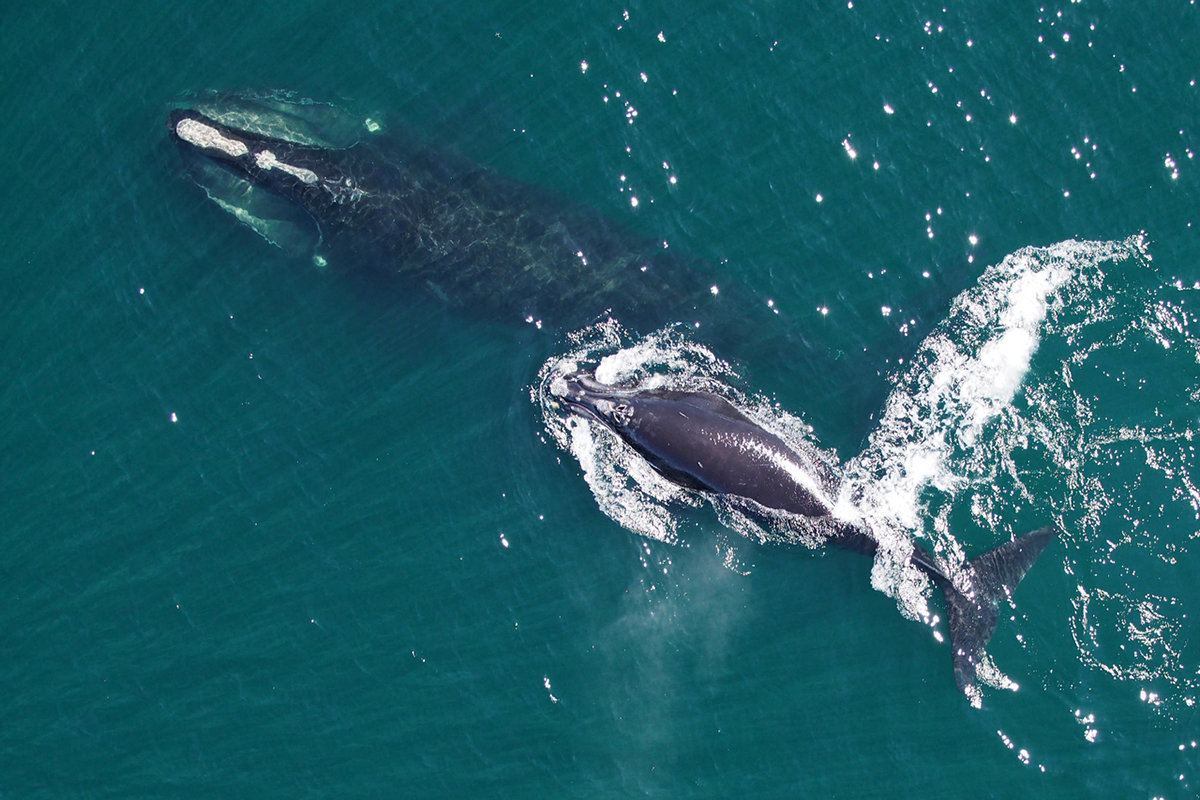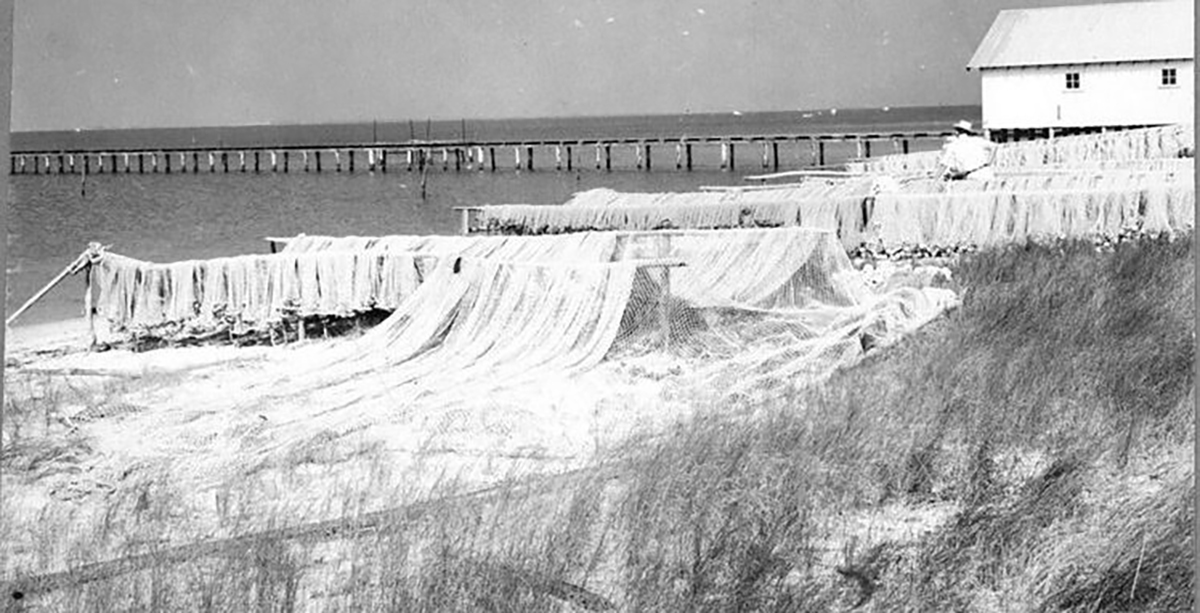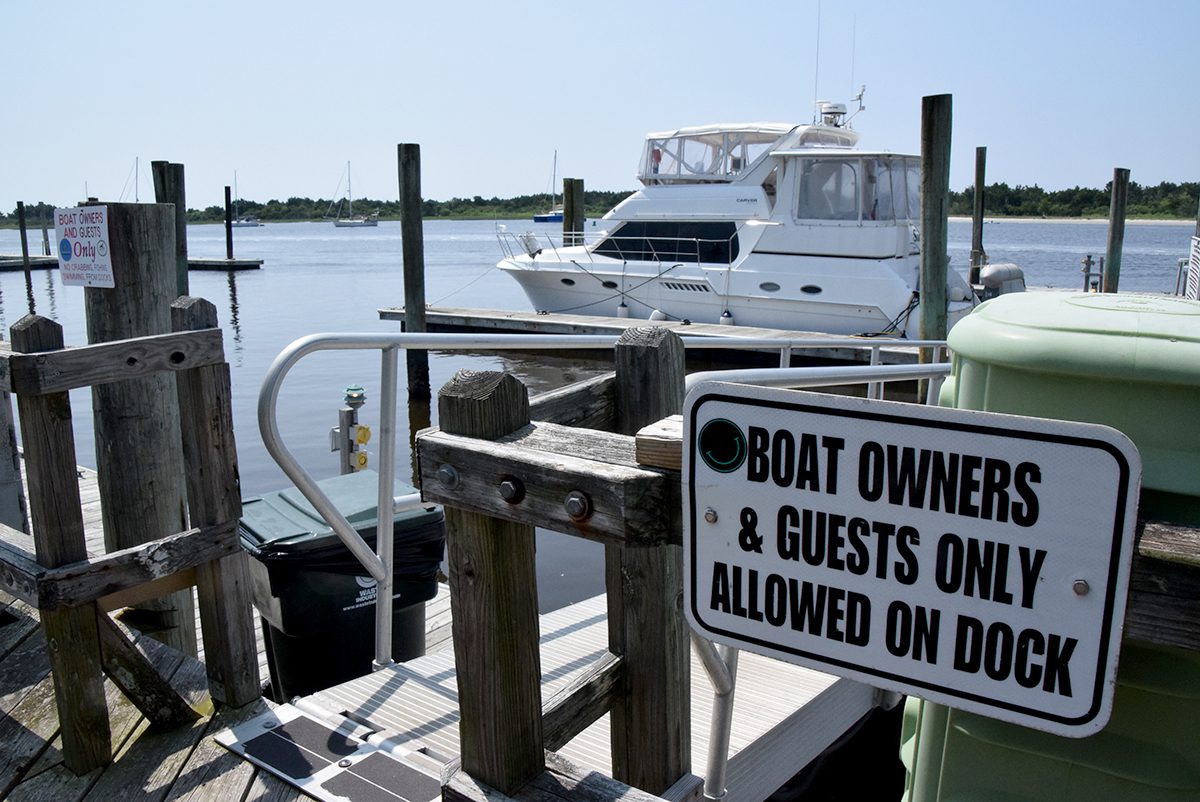
A new political campaign in one northeastern state is pitting whale against wind.
A dozen New Jersey beach town mayors and a congressman from the state are calling for a moratorium on all offshore wind activity in the wake of several whale deaths.
Supporter Spotlight
The mayors and Rep. Chris Smith, R-N.J., in a Jan. 23 letter expressed concerns that acoustic surveys may have contributed to the deaths of seven whales along the New Jersey and New York coasts over a 38-day period. The letter was signed after a Jan. 9 press conference by Clean Ocean Action and Protect Our Coast New Jersey, groups that blame the deaths on geophysical surveys that use sonar to map the ocean’s floor.
It’s a correlation whale experts and scientists say is a stretch.
“This notion of a moratorium because of these whale fatalities, there’s no evidence for that yet,” said William McLellan, one of the world’s leading experts on large whale necropsy. “I can say there’s no single case that’s been directly connected to any acoustic or seismic testing. That doesn’t mean that it shouldn’t be investigated or that there shouldn’t be concern.”
How thousands of wind turbines in the mid-Atlantic, habitat for critically endangered North Atlantic right whales, may affect the species has become a routine topic of discussion as North Carolina gears up to become a potential source of offshore wind energy.
Gov. Roy Cooper has set a goal for offshore wind to generate 2.8 gigawatts of electricity by 2030 and 8 GW by 2040, which would power some 2 million homes.
Supporter Spotlight
Plans are underway for a 2.5-gigawatt wind farm off the coast of Kitty Hawk. Avangrid, the company that has leased the wind energy area, or WEA, has indicated construction could start in 2026 and power as many as 700,000 homes.
Duke Energy and French company TotalEnergies won leases last May for offshore wind areas south of Bald Head Island. Energy produced at those sites could eventually power up to 500,000 homes.
Last fall, National Oceanic and Atmospheric Administration Fisheries and the Bureau of Ocean Management released a draft strategy to minimize the impacts of offshore wind development on right whales and their habitat.
Right whales and humpback whales have both been included in what is referred to an unusual mortality event for the past several years.
An unusual mortality event is defined under the Marine Mammal Protection Act as unexpected stranding events that involve significant die-off of any marine mammal population and demands federal attention.
McLellan, a retired research associate at the University of North Carolina Wilmington and former co-leader of the university’s Marine Mammal Stranding Program, said the unusual mortality event for humpback whales started in 2016.
“The population has increased quite steadily,” he said. “I won’t say dramatically, but it certainly has been a positive increase, which has been very good to see for humpback whales.”
As the population has increased so too have humpback whale strandings, McLellan said.
“It isn’t something that just lit up in the last couple of years,” he said. “I’ll only comment that Congress showed great interest in it a couple of weeks ago, but humpback mortalities have been going on for decades in the mid-Atlantic.”
NOAA Fisheries issued a release last month stating that there no links between the recent whale mortalities and ongoing sonar surveys for wind farms.
“At this point, there is no evidence to support speculation that noise resulting from wind development-related site characterization surveys could potentially cause mortality of whales,” the agency states. “We will continue to gather data to help us determine the cause of death for these mortality events.”
About 40% of partial or full necropsies conducted on humpback whales since January 2016 showed evidence of either being struck by a ship or entanglement, according to NOAA.
McLellan said vessel strikes, either sharp or blunt trauma, “is a really common finding in humpback whales.”
McLellan has conducted more than 100 necropsies, or post-mortem examinations, on large whales since 1995. He sits on various take reduction teams, which develop plans to reduce risks of fishing gear to marine mammals, and teams leading the charge in aiding in the recovery of North Atlantic right whales.
“Any right whale, no matter where, we try and tow it in and do a necropsy,” he said. “We’re getting to the point now where every possible effort that can be done to investigate right whales is being done.”
McLellan was part of the team that examined the body of a right whale calf found near the N.C. Port of Morehead City in early January. The calf, only a day or two old, likely suffocated after panicking under a pier near the port, McLellan said.
Researchers are continuing to search for the calf’s mother.
An unusual mortality event was declared in 2017 for North Atlantic right whales. Since that year, 95 whales have either been found dead, seriously injured, or sublethally injured or sick, according to NOAA.
The primary causes of death are vessel strikes and entanglements in fishing gear, “which are long-standing threats to the recovery of the species,” according to NOAA.
Acoustic ecologist Michelle Fournet heads the Marine Bioacoustics and Behavior Lab at the University of New Hampshire.
Fournet said in an email to Coastal Review that she was not available for an interview, but referenced a NJ Spotlight News story in which she was quoted saying there is no known science that seismic sound causes toothless whales, which include humpback and North Atlantic right whales, to strand.
Still, toothless whales can be injured by seismic, sonar and other anthropogenic noise, she said.
“But in order to be taken seriously as conservationists, we need to make sure that we are addressing the right problems at the right time, and right now, we are still trying to figure out how big a problem it is and what the issue is,” Fournet told the news outlet. “That doesn’t discount the fact that noise almost without a doubt is impacting these animals, and that the animals that stranded were probably exposed to high levels of noise over the course of their life. But it’s a complicated problem. One thing that without a doubt is true, is we are never going to take people out of the ocean. So, we have got to figure out a way to come up with solutions that honor the ecology, and also acknowledge the reality of human society.”







